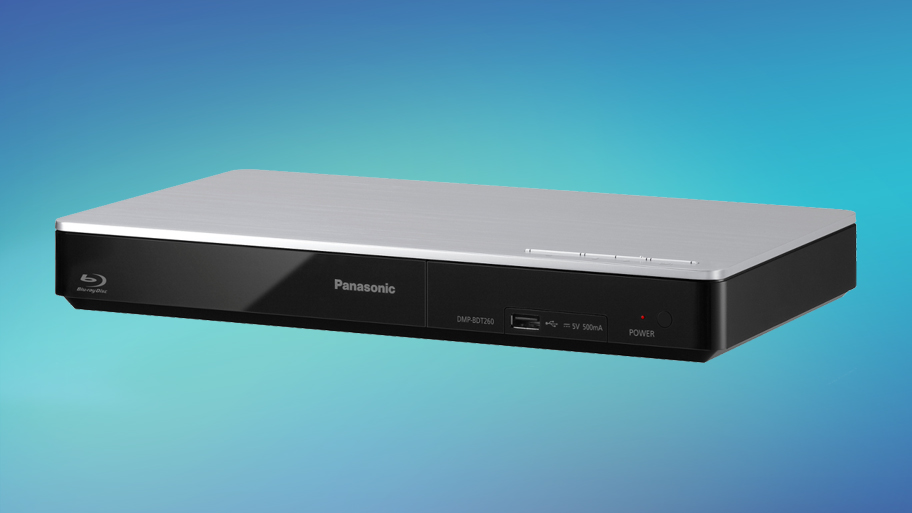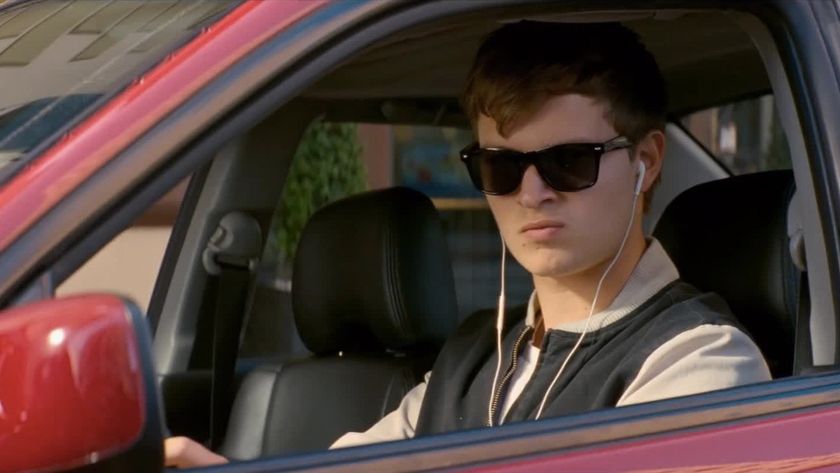TechRadar Verdict
The Panasonic DMP-BDT260 Blu-ray deck is all about value for money. Built-in Wi-Fi is handy, as is Netflix. However, a USB stick needs used if video streaming apps are to work properly, and there really needs to be more of them. The lack of 2D-3D conversion for Blu-ray discs is also disappointing.
Pros
- +
Good 2D & 3D images
- +
Netflix
- +
4-second disc loading
- +
MKV playback
Cons
- -
No Amazon Instant
- -
Compulsory USB stick
- -
No 2D-3D conversion
Why you can trust TechRadar
Is Blu-ray dead? Will Netflix reign supreme? With the DMP-BDT260, it doesn't really matter since as well as spinning 2D Blu-rays discs, the Panasonic DMP-BDT260 also hosts Netflix and other streaming video apps.
One of a stunning six Blu-ray players from Panasonic to grace the UK market for 2014 (most brands muster a maximum of three), it's pretty obvious that Panasonic is committed to a format that could be starting to lose its shine, in the mass market at least.
That kind of commitment has proved wise in the past, with Panasonic routinely offering the best picture quality when it comes to the actual playback of Blu-ray discs. However, there are questions over exactly how smart the Panasonic DMP-BDT260 really is.
This UK-only model has a surprisingly thin selection of apps, noticeably fewer than in previous incarnations of the Japanese company's Viera Cast and Viera Connect platforms. Housed within a basic Network Services area of the rudimentary user interface that Panasonic calls the 'Multi-direction Form Design', I found just eight apps. Across two screens were icons for Netflix, the BBC iPlayer, Picasa, Facebook, Twitter, YouTube, BBC Sport and BBC News.
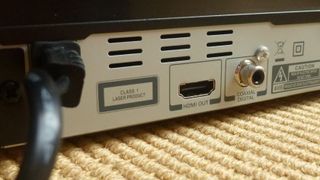
Costing £99 at the time of this review, the DMP-BDT260 essentially builds on its cheaper little sister, the DMP-BDT160, by adding a higher-grade finish and Wi-Fi connectivity. It's also got a wired LAN slot on the rear, along with a HDMI output.
The DMP-BDT260's design is excellent, with the compact 312 x 180 x 34mm chassis featuring a brushed metallic flat top that's pleasingly resistant to fingerprints. Up there, to the left of the conventionally spat-out disc tray, is a selection of hard buttons to control disc ejection, standby, play/pause and stop. However, there are no directional controls to skip around the user interface, so if you lose the remote control that comes with the DMP-BDT260, you're out of luck.
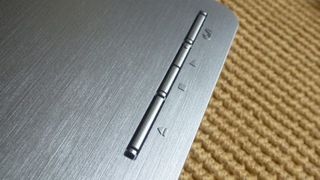
On the front of Panasonic Blu-ray players there's almost always an SD card slot, but sadly not on the DMP-BDT260. What there is, however, is a USB slot. It's good for charging-up active shutter 3D specs, and also for playing back music, video and photos, but its also got a rather unfortunate role in apps.
Sadly a USB stick is required for any of the DMP-BDT260's streaming video apps to work. This isn't unusual on Blu-ray players of this level, but it does mean that the otherwise impressive aesthetics of the DMP-BDT260 are somewhat interrupted by the permanent presence of a USB stick.
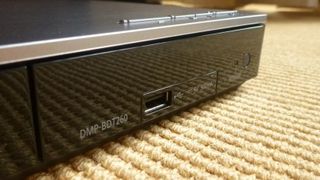
My advice is to find the smallest, slimmest possible; a 1GB stick is required, and the DMP-BDT260 will create a 'BUDA' folder on it in which to store data. Why doesn't the DMP-BDT260 just have its own 1GB flash memory built-in? It's a criticism that could be levelled at almost all Blu-ray players.
Two other features in the Network section worth mentioning on the DMP-BDT260 are its DLNA streaming from other computers on the same home network, and Media Renderer, which lets the machine act as a DLNA server for other devices to connect to. If you've got a fleet of new Panasonic TVs and Blu-ray players, that could be handy for multi-room networking.
Performance
After getting the DMP-BDT260 on a Wi-Fi network (something that took mere seconds) and after updating the firmware from 0.13 to 1.30 (a ten-minute process), I skipped around the user interface with ease.
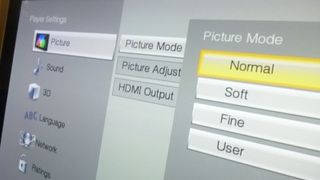
However, Netflix and the BBC iPlayer do take a long time to load and it's a reminder of just how useful a dual core processor is on pricier Blu-ray players.
Picture quality
I put the DMP-BDT260 through its paces with both 12 Years A Slave on 2D Blu-ray and Gravity in 3D.
As Solomon Northup lies in a prison cell in shadows and poor light, there's plenty of detail and zero picture noise, while pondering pans of the cotton fields show every detail in every bail. Swapping between Normal, Soft and Fine picture modes appears simply to change the brightness levels in what is always a very naturally colourful, smooth and watchable image.
Gravity in 3D impresses, too, with lots of depth and zero crosstalk, while a streamed version of the F1 Monaco Grand Prix Highlights from the BBC iPlayer is smooth, stable and reasonably detailed even on a 55-inch telly.
Jamie is a freelance tech, travel and space journalist based in the UK. He’s been writing regularly for Techradar since it was launched in 2008 and also writes regularly for Forbes, The Telegraph, the South China Morning Post, Sky & Telescope and the Sky At Night magazine as well as other Future titles T3, Digital Camera World, All About Space and Space.com. He also edits two of his own websites, TravGear.com and WhenIsTheNextEclipse.com that reflect his obsession with travel gear and solar eclipse travel. He is the author of A Stargazing Program For Beginners (Springer, 2015),
